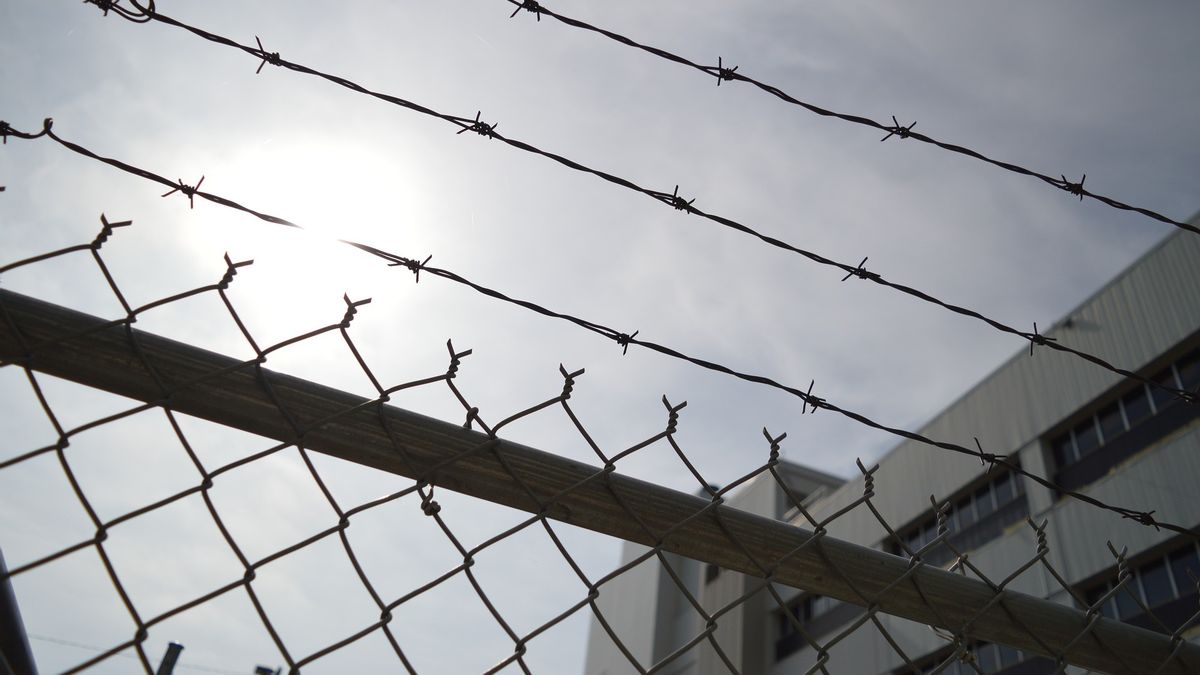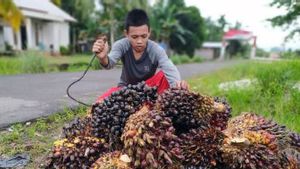JAKARTA - Narcotics is not only a frightening specter for the public. However, it is also a difficult problem for the government in eradicating its circulation in this country. One of the obstacles is the over capacity of correctional institutions (Lapas).
The Ministry of Law and Human Rights (Kemenkum HAM) in a working meeting with Commission III some time ago, proposed to replace the body confinement for narcotics prisoners with rehabilitation. One of the goals is to reduce the over capacity of correctional institutions (Lapas). This is because 47 percent of prison residents are due to narcotics cases.
Mudzakir, a criminal law expert from the Islamic University of Indonesia (UII) Yogyakarta, assessed that the government's efforts to reduce prison overcapacity by rehabilitating narcotics convicts is a dilemma.
"This is a dilemma. Later, when all of the prisons and detention centers are fully rehabilitated, the prevention should be strengthened. Operations should continue, do not worry like it or not," he said, when contacted by VOI, Monday, December 2.
According to Mudzakir, continuing to carry out raids will reduce the space for the dealers to distribute these illicit goods. Automatically the user will find it difficult to find the item.
"Don't give any space. Do it every day. Maybe three times a day, so that there is no buying and selling of information. Law enforcers here must really intend to eradicate narcotics trafficking," he said.
For Mudzakir, it would not be effective to eradicate narcotics if their circulation was not stopped. "Everything has been prevented, but the market is still there. Say it is easy to get, yes, it is difficult," he explained.
"Carry out operations, eradicate the market. Then the courts and prisons will be deserted. So what must be considered is to prevent how this is circulating. Do not be proud of law enforcement officers if they catch it, they should be ashamed. These items can enter our country," he continued.
The problem of narcotics cannot only be handled by one ministry. At least, said Mudzakir, the relevant ministries must also step down. Such as Kemenpora and Kemendikbud.
"The ministry of youth must be able to divert people who are selling (narcotics), create a program to divert the minds of youth from narcotics. Then the ministry of education disseminates the dangers," he said.
The government, he said, could also create a place to cure drug addiction. So it does not have to send them to the hospital for rehabilitation.
"Make a rehabilitation home. It must be free. So that people who are exposed to narcotics do not have to deal with the police, it is enough to deal with the orphanage," he said.
"The condition is not to give certain labels so that they don't want to go there. Previously there was a pesantren for rehabilitation. So people go there with a good image. So santri, even though they carry out rehabilitation inside," he explained.
A member of Commission III DPR RI NasDem Faction, Taufik Basari, assessed that currently there is a need to prioritize a harm reduction approach in handling narcotics cases.
This approach, he said, is to reduce the adverse effects of narcotics use by reducing the dependence of narcotics users through medication or rehabilitation, not by bodily punishment.
"It is time for the government to have the courage to take legal political choices to make the problem of drug users or addicts a health problem, no longer just a criminal problem," said Taufik.
According to him, addicts who have already undergone corporal punishment can get a mass amnesty to change their sentence to rehabilitation. If this is done, the number of prisoners and detention centers can be reduced and some of the overcapacity problems can be handled.
"The problem of overcapacity in prisons and remand centers is a chronic problem without resolution, it needs breakthroughs and new strategies," he explained.

Previously, the Minister of Law and Human Rights Yasonna Laoly in a working meeting with Commission III discussed the overcrowded conditions of correctional institutions in Indonesia, on Thursday, November 28. Based on his explanation, the growth of residents with data overcrowding capacity in 2015-2019 reached 105 percent.
This means that there are about 268,361 prisoners in one correctional facility location. Whereas the addition of occupancy per year is around 2,700 with a ratio of 7.5: 1.
Of this number, Yasonna explained, 47 percent of prison residents came from narcotics cases. Of the 123,337 prisoners who came from Narcotics cases, a total of 44,707 residents or 33 percent were cases of narcotics users.
Yasonna explained that in several countries there is a view that the problem of narcotics users has become a health problem, not a criminal problem anymore.
"Therefore, there is an idea to issue a mass amnesty policy against narcotics users who have served a sentence for a certain time and send them to a rehabilitation center," said Yasonna.
In addition, he said, this is also a form of justice for the small community. "Artists who are subject to narcotics cases are immediately rehabilitated. For example, Nunung. So we want this to also apply to all of society," he said.
The English, Chinese, Japanese, Arabic, and French versions are automatically generated by the AI. So there may still be inaccuracies in translating, please always see Indonesian as our main language. (system supported by DigitalSiber.id)













